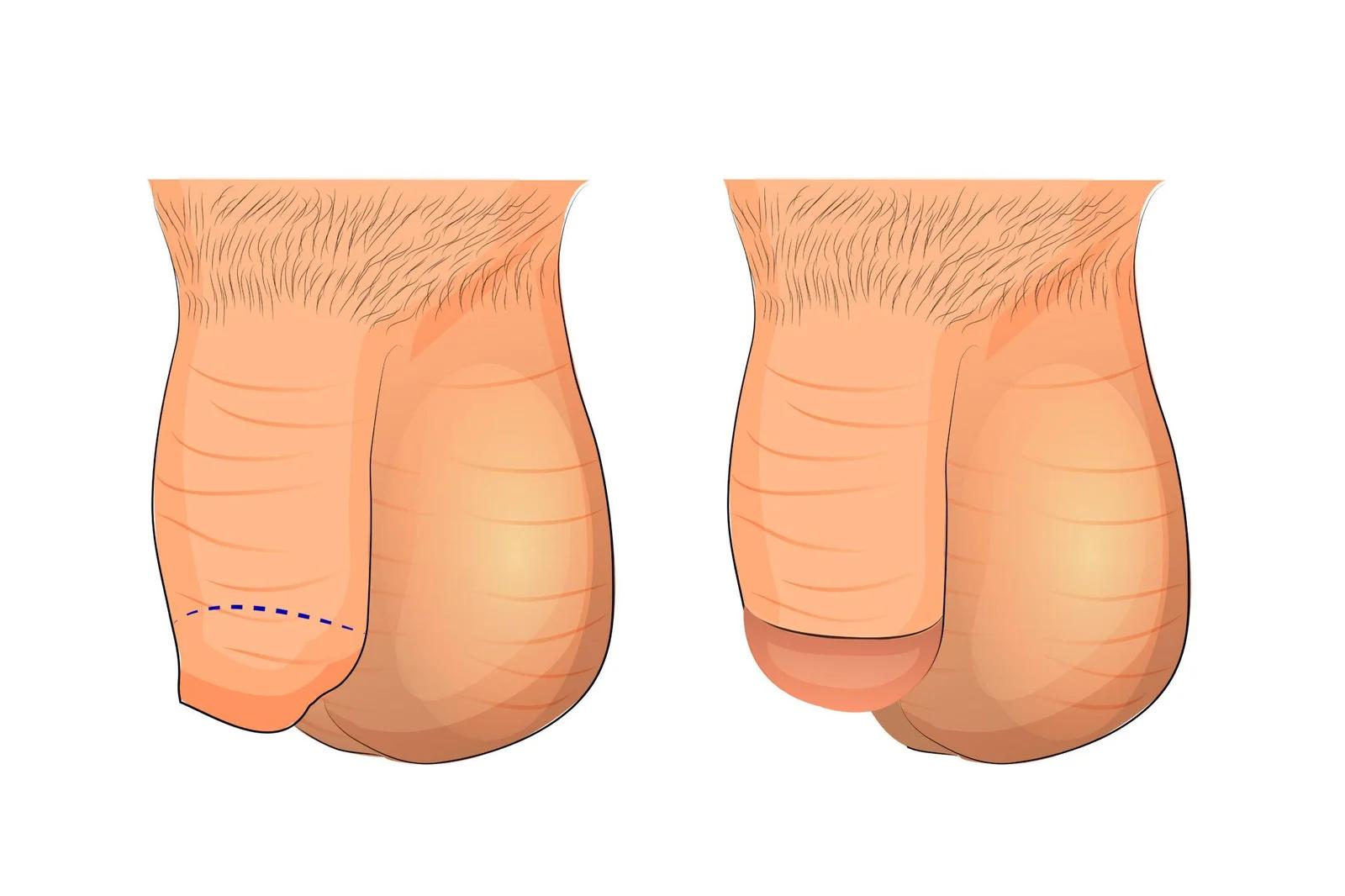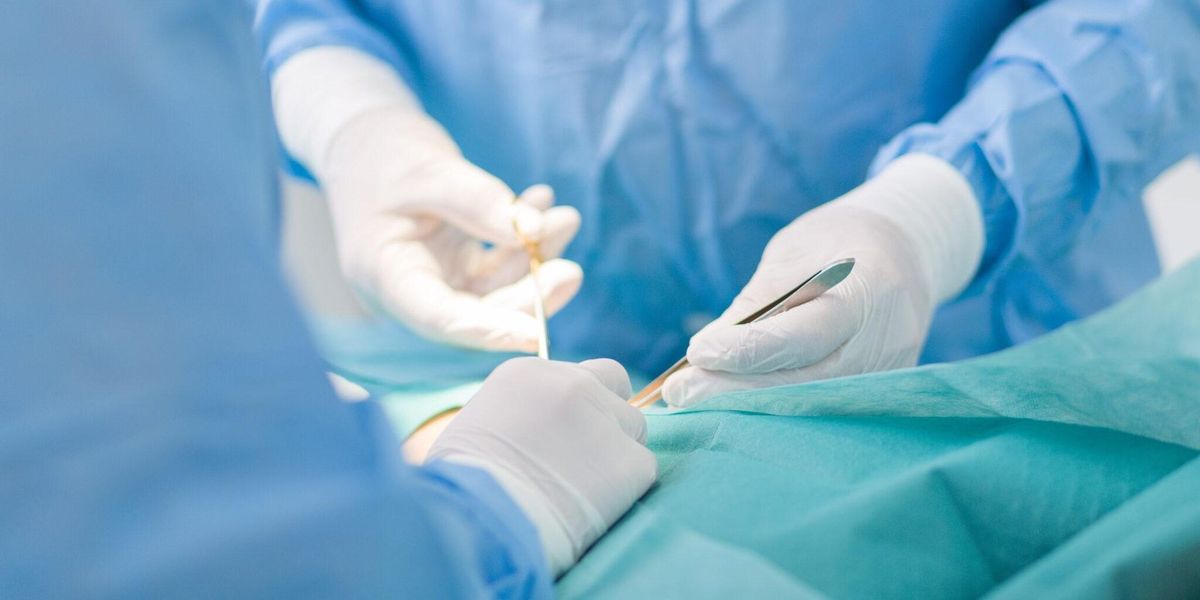Adult Circumcision: A Journey Through Science and Surgery
This guide helps you understand adult circumcision better, from anatomy and surgical innovation to healing. If you need to undergo the surgery for medical purposes or personal choice, read on.
The Architecture of Change: Understanding the Procedure
Imagine your foreskin as a sophisticated piece of biological engineering—a specialized tissue containingroughly 20,000 nerve endings and multiple types of mechanoreceptors (think of them as your body’s own sensory smartphones!). During circumcision, this tissue undergoes a precisely choreographed surgical transformation.
The Biological Ballet: How It Works
Adult circumcision demands surgical precision following this process:
1. Anatomical Preparation: Your surgeon begins by mapping the rich vascular network of the prepuce (that’s the scientific name for your foreskin). It’s like creating a GPS route for the safest surgical journey.
2. The Precision Cut: Using specialized instruments, the surgeon makes an incision that respects the dense network of blood vessels and nerve endings. This isn’t just cutting—it’s microsurgical artistry that requires understanding of the penis’s complex neurovascular architecture.
3. Healing Harmonics: Your body immediately launches a cascade of molecular healing signals. Platelets rush to the scene like tiny emergency responders, while fibroblasts begin their careful reconstruction work.
When Nature Calls for Change: Medical Indications
Sometimes, your body sends clear signals that circumcision might be beneficial. Let’s decode these biological messages:
Phimosis: When Flexibility Fails
Picture your foreskin as a turtleneck that’s become too tight. In phimosis, the preputial ring (the fancy term for the foreskin’s opening) becomes constricted due to:
•Accumulation of collagen fibers
•Changes in tissue elasticity
•Sometimes, an overenthusiastic immune response
Think of it as your skin’s version of a too-tight rubber band—except this one needs medical attention!

Inflammatory Insights
When inflammation strikes (hello, balanitis and posthitis!), it’s like your body’s alarm system going off. These conditions involve a complex immune response featuring:
- Neutrophil invasion (your cellular first responders)
- Cytokine signaling (imagine tiny cellular text messages)
- Tissue edema (cellular neighborhoods getting flooded)
The Science of Recovery: Your Healing Journey
Your body is about to embark on an incredible healing adventure! Let’s break down what happens after surgery:
The First 72 Hours: The Cellular Sprint
In these crucial first days, your body launches what I like to call the “Healing Olympics”:
•Inflammatory cells rush to the site like eager athletes
•Growth factors begin their carefully choreographed dance
•New blood vessels start forming (angiogenesis – nature’s construction crew at work!)
Weeks 1-4: The Reconstruction Phase
During this time, your body is basically running its own construction company:
•Collagen fibers are laid down like biological scaffolding
•New nerve endings begin their careful rewiring process
•Blood vessel networks get their final touches
Living Your Best Life: Post-Circumcision Success
Think of your recovery period as a biological renovation project. Here’s your blueprint for success:

The Science of Self-Care
Your body is a remarkable healing machine, but it needs your help:
•Keep the area clean (imagine you’re maintaining a pristine scientific laboratory)
•Monitor for signs of infection (your body’s version of a security system)
•Follow activity restrictions (think of it as putting up temporary construction barriers)
When to Call Your Healthcare Team
Some signs deserve immediate attention – think of them as your body’s urgent text messages:
•Unusual pain (your nervous system’s fire alarm)
•Excessive bleeding (your circulation’s SOS signal)
•Signs of infection (your immune system’s red alert)
A Final Note: Every Circumcision is Unique
Healing from a circumcision may take longer for some but shorter for others. Anyhow, trust your body’s incredible ability to heal and adapt. Be sure to proactively engage your healthcare provider in the healing journey, so you can guarantee you are on the right path. If you have more questions, we are glad to answer!



